A recent report from MarketsandMarkets™ says that the smart textiles market is projected to grow from $2.41 billion in 2025 to $5.56 billion by 2030 at a CAGR of 18.2 percent during the forecast period. This market is being driven by increasing demand across sectors such as healthcare, military and protection, sports and automotive due to the products’ ability to monitor, react and adapt to external stimuli.
Rising health awareness and the need for non-invasive, wearable health monitoring solutions have spurred adoption in medical applications. In military and protection, the push for enhanced soldier safety and performance optimization creates demand for smart uniforms and gear.
Additionally, advancements in material science, nanotechnology and IoT integration enable the development of lightweight, flexible and multifunctional smart fabrics. As wearable technologies become more mainstream, the convergence of electronics with textiles further accelerates market growth, supported by growing R&D investments and industry collaborations for scalable commercialization.
The smart textiles market presents strong growth opportunities in emerging applications, such as energy harvesting garments, e-textiles for mental health monitoring, and smart fashion. The increasing adoption of AI and machine learning for predictive analytics in healthcare and sports opens doors for next-generation smart apparel. Integration with cloud computing and mobile apps enables real-time feedback and data tracking, enhancing the user experience.
Furthermore, the growing demand for sustainable and eco-friendly smart fabrics is driving innovation in biodegradable sensors and recyclable conductive materials. Expansion in smart home textiles, such as responsive curtains or bedding, also holds potential. With rising disposable income and digitalization, emerging economies offer untapped markets for smart textile adoption, particularly in personalized healthcare, education and safety-related applications.
 TEXTILES.ORG
TEXTILES.ORG


